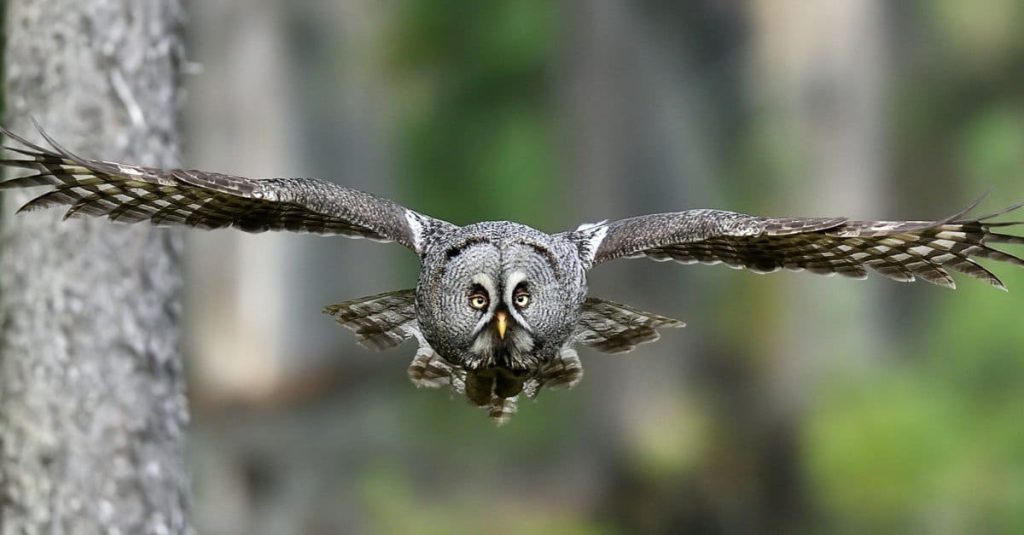Understanding the Potential Danger of Owls
Exploring the Intricacies of Owl Behavior
When pondering the question of whether owls are dangerous, it is crucial to delve into the fascinating world of these enigmatic birds. Unraveling the mysteries surrounding owls involves shedding light on their true potential for harm and the intriguing intricacies of their existence. The behavior of owls, primarily instinctive, plays a key role in determining the level of danger. They might pose to humans or other living beings. For detial visit here
Instinctive Behavior and Potential Harm
The behavior of owls is instinctive, with larger species such as the great horned owl or the barred owl equipped with impressive wingspans and powerful feet armed with sharp talons. These features enable them to seriously injure smaller animals or birds, their primary prey. The sharp talons, designed for gripping and killing, can exert considerable pressure, capable of puncturing bones, skin, and soft tissues. While their predatory nature is essential for survival in the wild. Encounters with humans can occasionally lead to lacerations or puncture wounds.
Rare Instances of Owl Attacks on Humans
Instances of owl attacks on humans are notably rare. As these predatory birds are generally uninterested in humans and pose minimal risk if left undisturbed. However, documented cases exist where individuals inadvertently encroach upon an owl’s space or disrupt their nesting sites, resulting in lacerations or puncture wounds. Despite their capabilities, owls’ reputation for being dangerous to humans is often overstated. And understanding their behavior can minimize the risk of such encounters.
Specific Owl Species and Their Potential for Aggression
Great Horned Owls: Majestic Protectors
Great Horned Owls, revered for their majestic appearance and large size, are generally not known for targeting humans intentionally. However, their territorial and fiercely protective nature, especially when safeguarding nests and young, can lead to incidents where they swoop down and strike humans who inadvertently approach their nesting sites. Understanding the nesting habits and locations of Great Horned Owls is essential for reducing the risk of such encounters.
Barred Owls: Assertive Protectors
Barred Owls, while not typically aggressive, can exhibit assertive behavior when protecting their nests. Known to dive-bomb intruders, including humans, who venture too close to their nesting sites. These encounters can be startling and may cause minor injuries. Awareness of the presence of Barred Owls and their nesting areas is crucial during breeding seasons to ensure a safe distance is maintained.
Snowy Owls: Defensive Behavior in Natural Habitats
Snowy owls, known for their large size and territorial nature. May exhibit defensive behavior, especially if humans encroach upon their nesting sites. While not inherently aggressive, Snowy Owls could pose a higher risk of defensive behavior in their natural habitats. Understanding and respecting their territories, particularly in extreme northern parts of the United States, can help minimize potential risks.
Handling Owl Attacks: Safety Measures for Humans
Protecting Yourself During an Owl Attack
If an owl attacks, it’s essential to remember that they don’t typically view humans as prey. However, in rare cases, protective measures can be taken. Covering your neck and head with a solid object like a handbag or umbrella. Staying calm, and avoiding sudden movements or loud noises are crucial. Direct confrontation or attempting to harm the owl is discouraged. And calmly retreating from the situation is the recommended course of action.
Respecting Wildlife and Legal Consequences
Harming an owl, including its babies or nest, is a punishable offense in many countries. Prioritizing personal safety, retreating calmly, and seeking safety without causing harm to the bird is emphasized. Respecting the natural behaviors of owls and maintaining a safe distance is crucial for coexisting harmoniously with these fascinating birds.
For more post visit here

